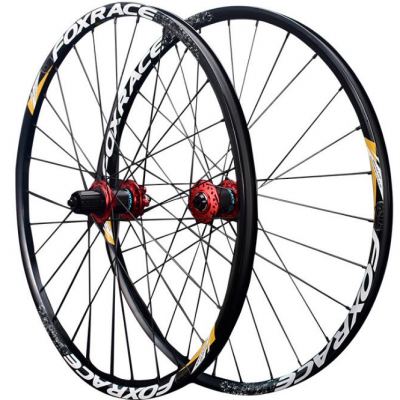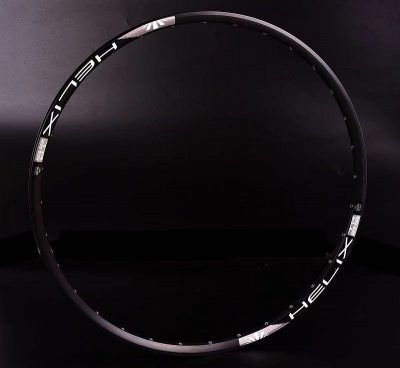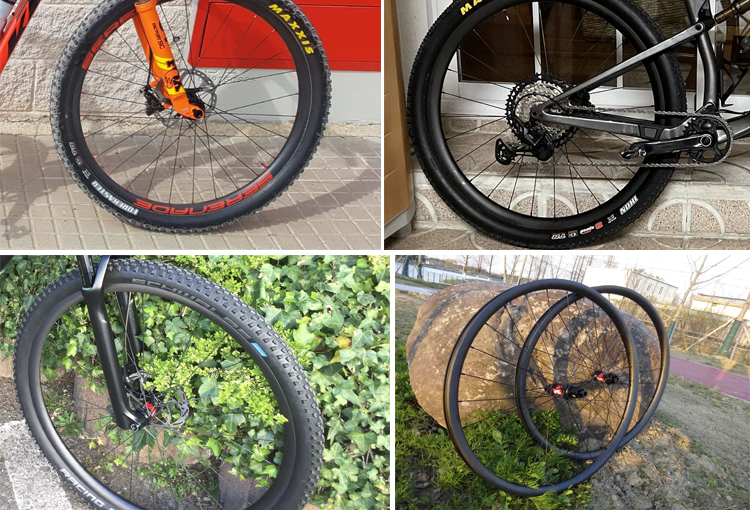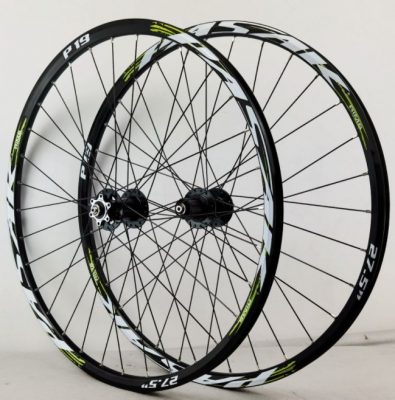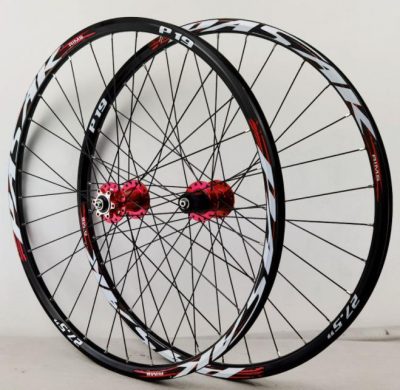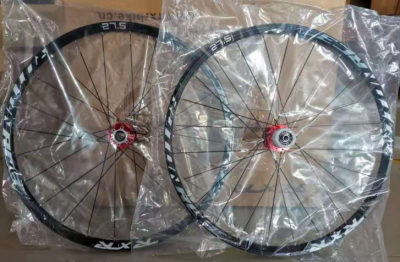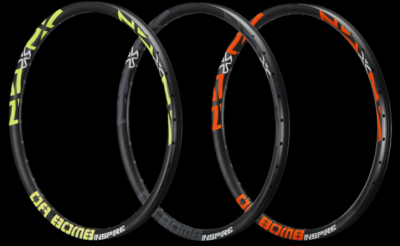How to calibrate bicycle rims?
1. Axial correction
Axial correction is to correct the left and right shaking of the rim when it rotates. Before calibration, fix the wheel on the calibration frame. Note that the center of the axle should coincide with the center of the correction frame. Adjust the movable arm on the correction frame, make the end of the indicator screw align with the outside of the rim, tighten the fixing screw on the movable arm, rotate the rim, and check the sway degree and sway section of the rim.
Use a bar wrench to tighten the spokes on the back side of the swing section and pull the swing section over; you can also loosen the spokes on the inner side of the swing section to reduce the pulling force on this side. Pay attention to the operation: First, the amount of twisting of the cap should not be too large each time, generally no more than one or two turns. Second, the tightness of the adjacent and root spokes should be as close as possible.
2. Radial correction
Make the rim from an ellipse into a concentric circle. Observe the distance between the outer edge of the rim and the pallet to understand the difference in radii of different rims. The pulling force decreases and the radius increases. Then, properly tighten the three to five strip caps on both sides of the long radius section to increase the tension and reduce the radius.
After this adjustment, adjust the pallet slightly closer, and further correct the tightness of the spokes at the short and long radii of each segment, until the radii are basically the same everywhere.
